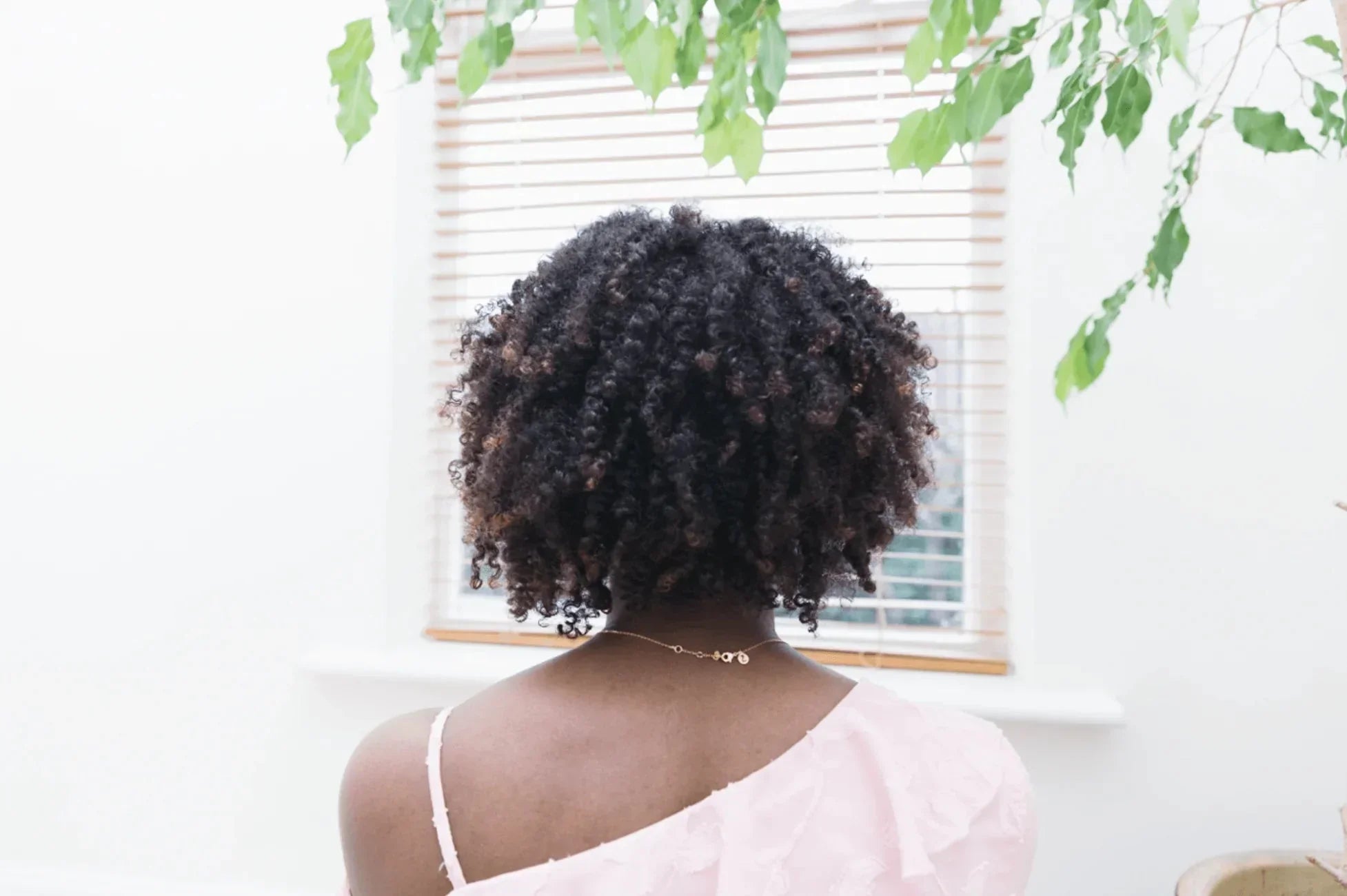Why Hair Changes in Fall is often linked to environmental and physiological factors.
Many people wonder Why Hair Changes in Fall, especially when they notice increased shedding. This phenomenon is often linked to a mix of environmental and physiological factors, including shorter daylight hours, cooler temperatures, and natural hair growth cycles. While fall shedding can seem alarming, it’s usually temporary. Understanding these seasonal patterns can help you maintain healthier hair and know when professional care may be needed.
Here are some reasons why hair may undergo changes during the fall season:
-
Seasonal Shedding: Many people notice more hair shedding in fall, known as “seasonal shedding” or telogen effluvium. In summer, hair is in the anagen (growth) phase. As daylight and temperatures shift in fall, more follicles enter the telogen (resting) phase, causing extra shedding. This natural cycle can make hair loss seem heavier but is usually temporary.
-
Dryer Air: As fall brings cooler, drier air, the lower humidity levels can lead to dehydration of both the scalp and hair. Dry hair is more prone to frizz, breakage, and static, which can result in changes in hair texture and appearance.
-
UV Exposure: Summer often exposes hair to higher levels of UV radiation, which can affect hair color and texture. As fall arrives and there's less direct sunlight, your hair may recover from summer damage and appear differently in terms of color and overall health.
-
Diet and Lifestyle: Changes in your diet and daily routine during the fall can also impact your hair. For example, seasonal shifts in your diet may affect the nutrients your hair receives. Stress levels can change with the seasons, potentially affecting hair health as well.
-
Heating Systems: In colder climates, indoor heating systems become necessary in the fall. These systems can dry out the air inside your home, contributing to dry hair and scalp. Using a humidifier can help combat this issue.
-
Styling Habits: As the weather changes, people often adjust their hair care routines and styling habits. For example, you might use heat styling tools less frequently in the fall, which can affect the way your hair looks and feels.
-
Clothing and Accessories: Fall fashion often involves wearing hats, scarves, and other head accessories. These items can create friction, leading to changes in hair texture and sometimes causing breakage.
Seasonal shedding is normal and usually temporary. Fall changes in hair growth aren’t often a concern, but if shedding is severe or continues beyond the season, check in with a dermatologist to rule out issues and adjust your care routine.





